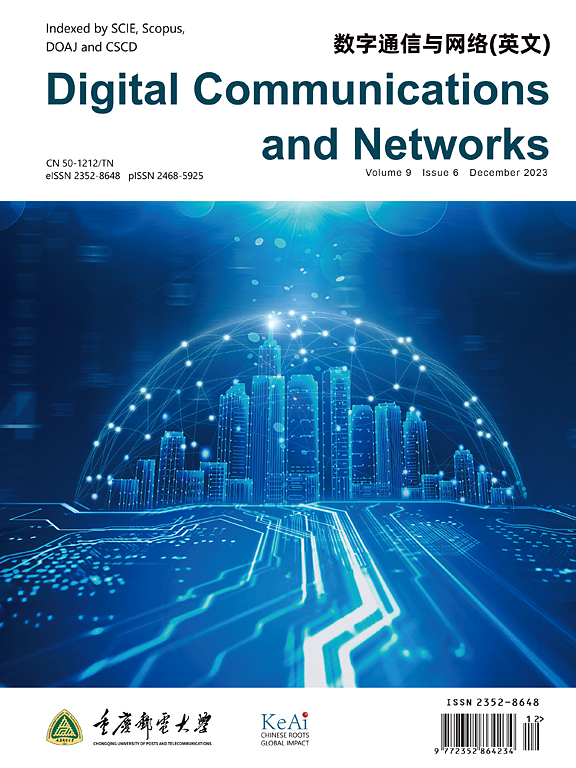利用 DRL 和模拟退火进行成本感知云工作流调度
IF 7.5
2区 计算机科学
Q1 TELECOMMUNICATIONS
引用次数: 0
摘要
本文章由计算机程序翻译,如有差异,请以英文原文为准。
Cost-aware cloud workflow scheduling using DRL and simulated annealing
Cloud workloads are highly dynamic and complex, making task scheduling in cloud computing a challenging problem. While several scheduling algorithms have been proposed in recent years, they are mainly designed to handle batch tasks and not well-suited for real-time workloads. To address this issue, researchers have started exploring the use of Deep Reinforcement Learning (DRL). However, the existing models are limited in handling independent tasks and cannot process workflows, which are prevalent in cloud computing and consist of related subtasks. In this paper, we propose SA-DQN, a scheduling approach specifically designed for real-time cloud workflows. Our approach seamlessly integrates the Simulated Annealing (SA) algorithm and Deep Q-Network (DQN) algorithm. The SA algorithm is employed to determine an optimal execution order of subtasks in a cloud server, serving as a crucial feature of the task for the neural network to learn. We provide a detailed design of our approach and show that SA-DQN outperforms existing algorithms in terms of handling real-time cloud workflows through experimental results.
求助全文
通过发布文献求助,成功后即可免费获取论文全文。
去求助
来源期刊

Digital Communications and Networks
Computer Science-Hardware and Architecture
CiteScore
12.80
自引率
5.10%
发文量
915
审稿时长
30 weeks
期刊介绍:
Digital Communications and Networks is a prestigious journal that emphasizes on communication systems and networks. We publish only top-notch original articles and authoritative reviews, which undergo rigorous peer-review. We are proud to announce that all our articles are fully Open Access and can be accessed on ScienceDirect. Our journal is recognized and indexed by eminent databases such as the Science Citation Index Expanded (SCIE) and Scopus.
In addition to regular articles, we may also consider exceptional conference papers that have been significantly expanded. Furthermore, we periodically release special issues that focus on specific aspects of the field.
In conclusion, Digital Communications and Networks is a leading journal that guarantees exceptional quality and accessibility for researchers and scholars in the field of communication systems and networks.
 求助内容:
求助内容: 应助结果提醒方式:
应助结果提醒方式:


